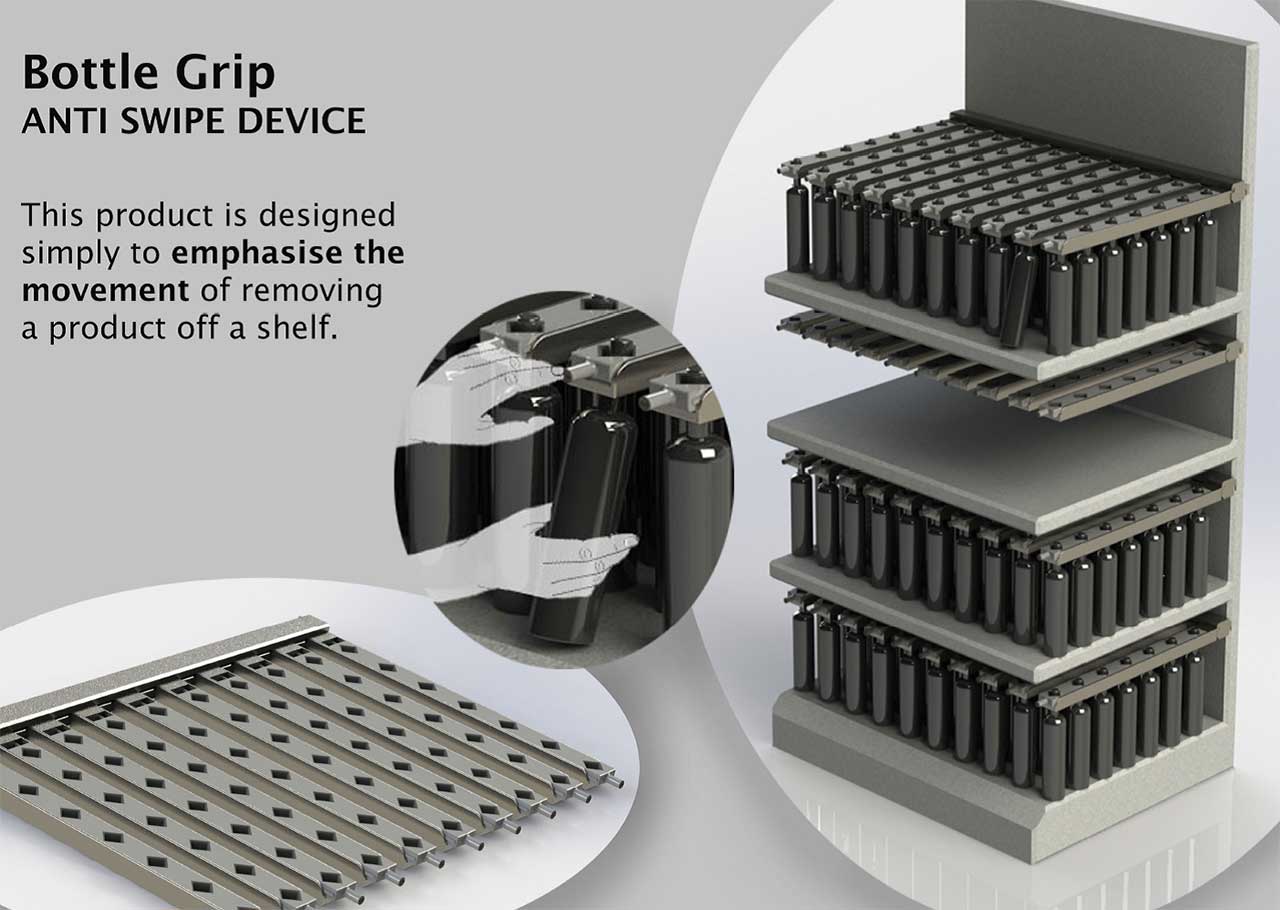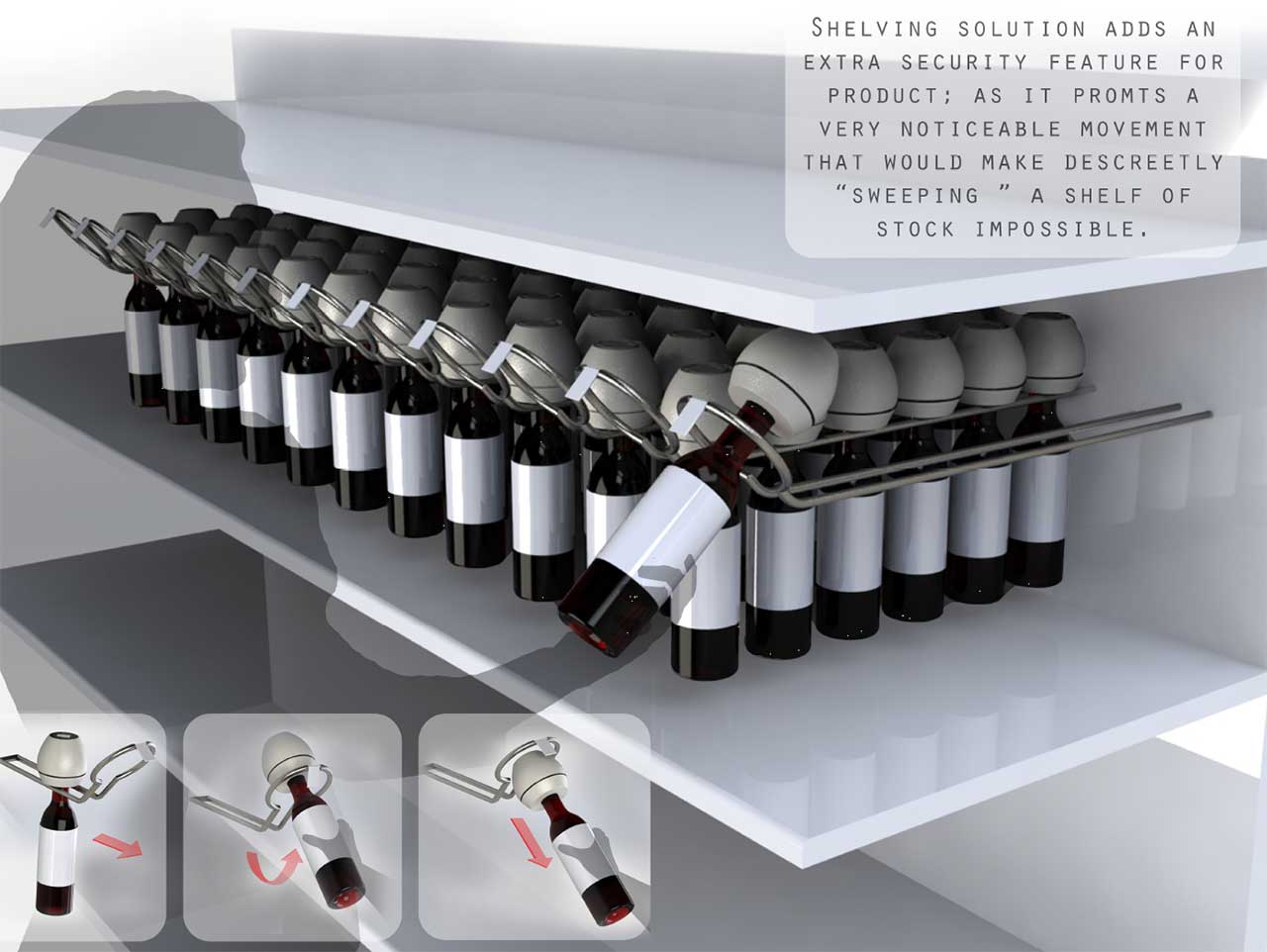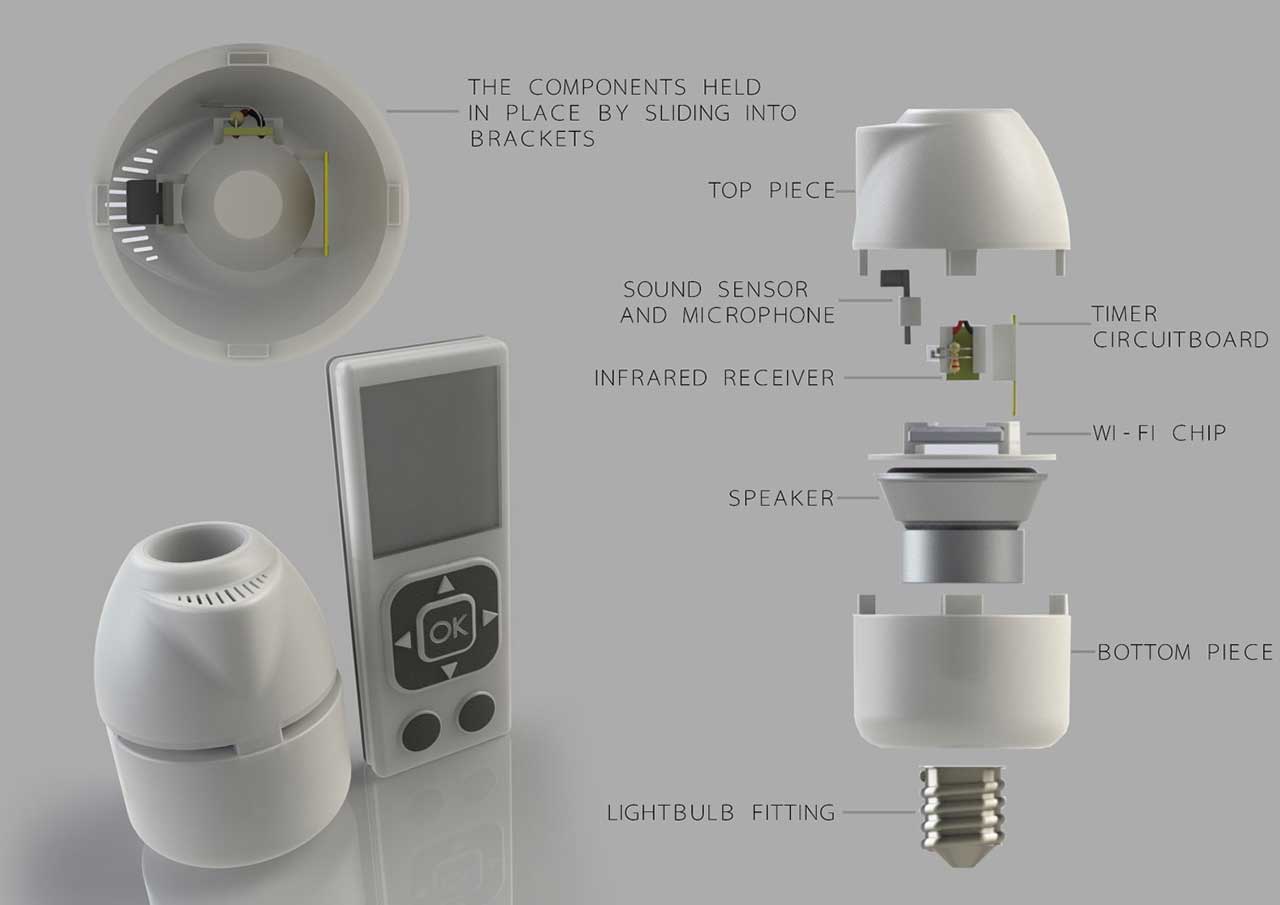Crime Prevention and Urban Design
One of the SSI’s specialist areas of research is the subject of Crime Prevention through Environmental Design (CPTED) - the design and manipulation of the built environment to reduce the risk of crime. Rachel Armitage - Professor of Criminology, has been working in this field for almost twenty years, exploring the link between the design features of the built environment and their association with crime risk. Rachel’s work has influenced both national and international policy and she played a key role in lobbying government to include security standards within Building Regulations for new homes. Working alongside Professor Adrian Pitts (Sustainable Architecture), this area of research has been expanded to explore the synergies and tensions between the different agendas of security and sustainable design – can secure housing also be built to maximise sustainability or are the two mutually exclusive? This area of research involves working closely with architects, planners, developers and police as well as victims and offenders.
Professor Adrian Pitts is working with other members in the SSI to research the issues linking neighbourhood safety and security to sustainability. Sometimes designing with a focus on security can have negative impacts on creating sustainable environmental design. Examples are: security orientated site planning that restricts access to beneficial solar heat in winter; security measures that hinder ventilation in summer increasing energy use for air conditioning; placement of barriers that cause wind turbulence and discomfort; planning restrictions affecting good façade design; and limits to pedestrian access routes that increase car use and pollution. Future activities will consider how to find optimal solutions incorporating multi-dimensional design concerns.
Product Design Competitions
Professor Rachel Armitage, who specialises in the design of residential housing to deter offenders, has influenced key policy and practice at a national and international level. Building on this expertise and working alongside the School of Art, Design and Architecture, West Yorkshire Police and key industry partners, Rachel launched the annual designing out crime challenge in 2015. First year Product Design students are asked to consider a crime problem (selected by Rachel) and to design a product to address that crime. The challenge is now in its third year. Year one focused upon retail crime, year two upon burglary and year three - doorstep crime. Student designs are examined by a panel of industry experts specific to the crime challenge, including Victim Support, West Yorkshire Police, College of Policing, Secured by Design, Age UK, Trading Standards, Yale, Morrisons, Next, Asda, Co-op and the Master Locksmiths Association. Winning products have included the BLOCK – a lock cylinder to address the issue of lock-snapping and lock picking; Presence – a light bulb adaptor that mimics house-hold sounds in response to a knock at the door, and Bottle Grip – an anti-swipe device for supermarket shelving units to reduce the theft of alcohol. It’s an amazing opportunity for students and practitioners alike and we hope it continues to produce exciting products for years to come.
2015
 Bottle Grip Anti Swipe Device
Bottle Grip Anti Swipe Device Shelf design to stop shoplifting
Shelf design to stop shoplifting2016
 Anti-theft lock design
Anti-theft lock design Remote control system for switching on lights in the home
Remote control system for switching on lights in the home